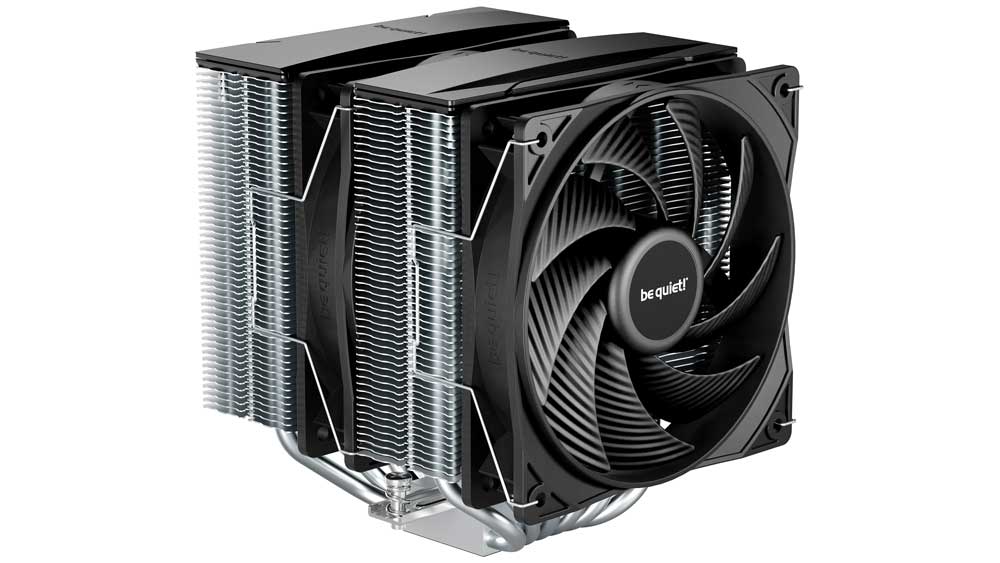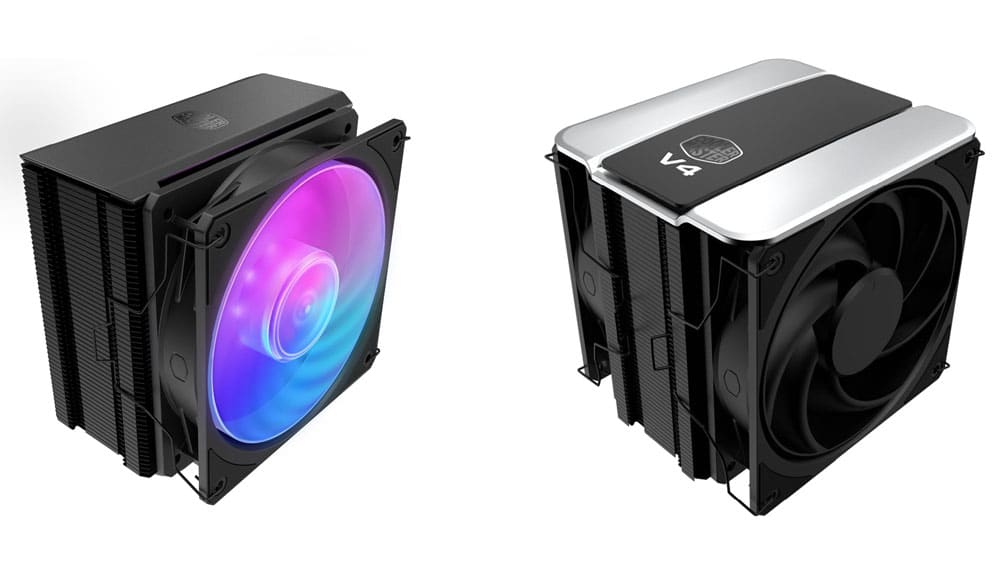I recently decided to make some changes in coolers evaluation, exploiting a super expensive climate chamber and a part of my programming abilities.
Some argue that the proper way to measure coolers is through a load tester that doesn’t involve a real system. I have already designed and made a load tester for coolers called Jalapeno. This is a custom-made CPU cooler testing station to evaluate cooling solutions that can apply any load from 1W to 500W. At the same time, the fan speed can change automatically, so many test scenarios can be applied without supervising the whole procedure, which can last several hours.
Without any doubt, using a simulated load has several advantages, the most important being that you don’t have to rely on a specific CPU, which will eventually become outdated. This is a massive problem for me since resetting a database with dozens of entries is daunting if you consider that you will have to re-test all coolers with the new system to rebuild it. This is why the Cybenetics corresponding database only uses Jalapeno results, not real system results.
The recent exploit of my expensive climate chamber led me to rethink my methodology for testing coolers. I decided for some reviews to use a real system, using the most power-hungry CPU available in today’s market, the Intel i9-13900K, which has power spikes exceeding 450W and can also apply sustained loads exceeding 360W. This is not a CPU but a volcano, so it is ideal for testing and pushing the limits of every cooling solution.
Regardless of the choice of the load tester, either a real system or Jalapeno, there is a step that I have to follow in every cooler evaluation: noise measurements. After I have all the noise data in hand, I proceed with the thermal tests, and finally, I have to process and analyze all data, which is a challenging task given its amount.


